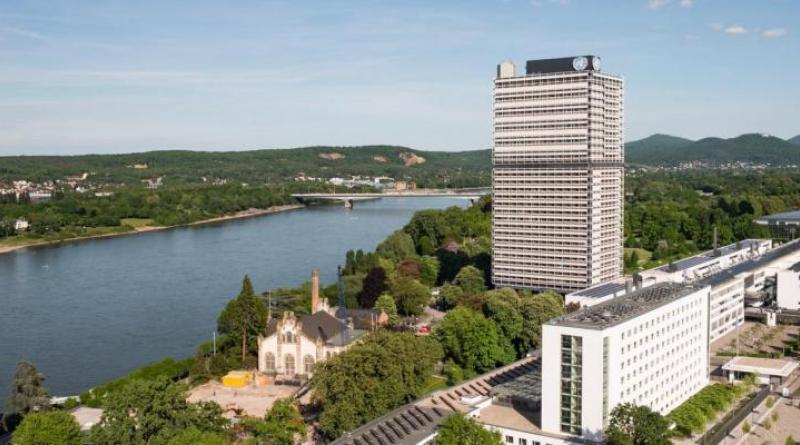UN Climate Change Secretariat Has New Organizational Structure.

UN Climate Change News – Effective today, the UN Climate Change (UNFCCC) Secretariat is operating according to a new structure, as part of an organizational change initiative to overhaul the secretariat as the UN lead entity supporting the intergovernmental Climate Change process and to mobilize Climate Action towards global transformation to meet the targets of the Paris Agreement in an effective, efficient manner.
Patricia Espinosa, Executive Secretary of UN Climate Change, said:
“The initiative is part of the secretariat’s efforts to increase its effectiveness, adaptability and synergetic delivery of support to Parties as they move forward in implementing the Convention, the Kyoto Protocol and the Paris Agreement, thereby ensuring better lives and livelihoods for this and future generations.”
“Strengthening the secretariat’s capacity to support the climate change process through the revitalization of UNFCCC structure and its programme and management processes to be fit-for-purpose as we move into the future is all the more critical given the urgency for the Parties and the global community at large to raise the level of climate ambition,” she added.
Over a period of 18 months, the secretariat undertook a thorough review of its organizational structure, operations and use of resources, in order to understand how it can best support the needs of Parties and non-Party stakeholders in the global transformation to achieve the objectives of the Paris Agreement.
As a result of this review, the secretariat initiated an organizational change exercise—including both structural and non-structural changes—designed to ensure a “fit-for-purpose secretariat” with a collaborative and results-driven culture as we move into the future. The structure is designed to better deliver on mandates, to be more agile in responding to changing realities to strengthen effective engagement and relationships with diverse stakeholders.
From today, the UN Climate Change Secretariat will start using new names for divisions, subdivisions, units and teams which reflect the new structure.
New structure

The new structure is aligned to the Programme Budget for the biennium 2020-2021 that was approved by Parties at the UN Climate Change COP25 in Madrid last year.
Additional information on the review process and the principles that the organizational structure seeks to ensure can be found here.
The secretariat’s new structure and a graphic portraying the key interlinkages of the UNFCCC workstreams and the secretariat’s organizational structure can be found here.
See the relevant official notification to Parties and Observer Organizations here.
About the UNFCCC
With 197 Parties, the United Nations Framework Convention on Climate Change (UNFCCC) has near universal membership and is the parent treaty of the 2015 Paris Climate Change Agreement. The main aim of the Paris Agreement is to keep a global average temperature rise this century well below 2 degrees Celsius and to drive efforts to limit the temperature increase even further to 1.5 degrees Celsius above pre-industrial levels. The UNFCCC is also the parent treaty of the 1997 Kyoto Protocol. The ultimate objective of all agreements under the UNFCCC is to stabilize greenhouse gas concentrations in the atmosphere at a level that will prevent dangerous human interference with the climate system, in a time frame which allows ecosystems to adapt naturally and enables sustainable development.
1 April 2020
UNFCC



